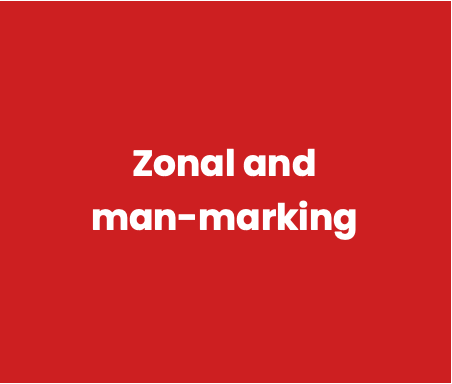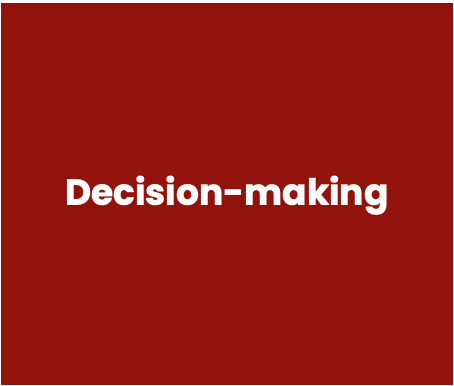What does Balance look like
balance in a soccer game is a crucial defensive principle. It involves each player understanding their roles and responsibilities on the field to maintain the team’s shape and prevent the opposition from exploiting space.
In the context of soccer, balance means maintaining defensive solidity while the team is attacking, and vice versa. It means there is a sufficient number of players positioned in defense to counteract opposition attacks while also possessing potential for quick transitions into attack when the ball is won back.
Now let’s use some specific scenarios to illustrate what it looks like when a team successfully executes the defensive principle of balance:
Covering the Backline
Let’s imagine Team A is attacking Team B. The right-back of Team A has moved up the pitch to join the attack. When this happens, a center-back or a defensive midfielder from Team A should shift slightly to cover the space left open by the right-back. This balance ensures that if Team B regains possession and attempts a counter-attack, they can’t exploit the open space.
Zonal Marking
In situations like defending a corner kick, balance involves players covering zones effectively to ensure all dangerous spaces are marked. If players stick rigidly to marking one player, the opposition could easily manipulate this to create an imbalance. With zonal marking, players cover a specific area in the penalty box, maintaining balance and reducing the likelihood of leaving an opposition player unmarked.
Maintaining Shape during Press
When executing a high press, it’s essential for a team to maintain balance. For instance, if the forward players are pressing the opposition defence, midfielders should adjust their positioning to cover potential pass routes, and the defensive line should move higher up the pitch to reduce the space between lines. If only the forwards press and the rest of the team stays back, an imbalance is created, which can be exploited by a well-timed pass from the opposition.
Technical Skills
To effectively implement Balance, players must possess the following technical skills:
Tackling: Players should be proficient in executing well-timed and clean tackles to dispossess opponents and regain possession.
Marking: The ability to closely mark opponents, anticipating their movements, and denying them space is crucial.
Clearing: Players must be able to effectively clear the ball from dangerous areas to relieve pressure on the defence.
Positioning: Maintaining proper defensive positions and understanding when to provide cover or support is essential.
Communication
Effective communication and teamwork are essential for successfully implementing Balance.
Use verbal cues: Players must communicate their intentions and positions to teammates to coordinate defensive movements and maintain a cohesive structure.
Employ non-verbal communication: Body language, such as pointing or signalling, can help convey information and synchronize movements on the field.
Be aware of teammates’ positions: Players should have a clear understanding of where their teammates are on the field to make effective decisions and maintain Balance.
Develop chemistry: Building a strong rapport and understanding among teammates will improve the fluidity and effectiveness of Balance implementation.
Tactical knowledge players need
To apply Concentration effectively, players must develop a strong understanding of the following tactical concepts:

Zonal and man-marking:
Players should know when to employ zonal or man-marking strategies to neutralize the opposition’s attacking threats.

Reading the game:
The ability to read the opposition’s attacking patterns and adjust defensive positioning accordingly is crucial for successful Balance.

Decision-making:
Players must make quick decisions, such as when to step up, drop back, or cover a teammate, based on the dynamic nature of the game.

Anticipation:
The ability to read the game and anticipate teammates’ and opponents’ movements is essential for maintaining Balance in the defensive structure.